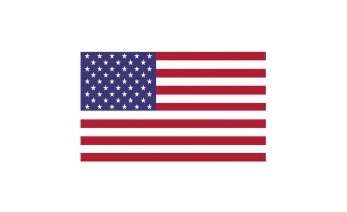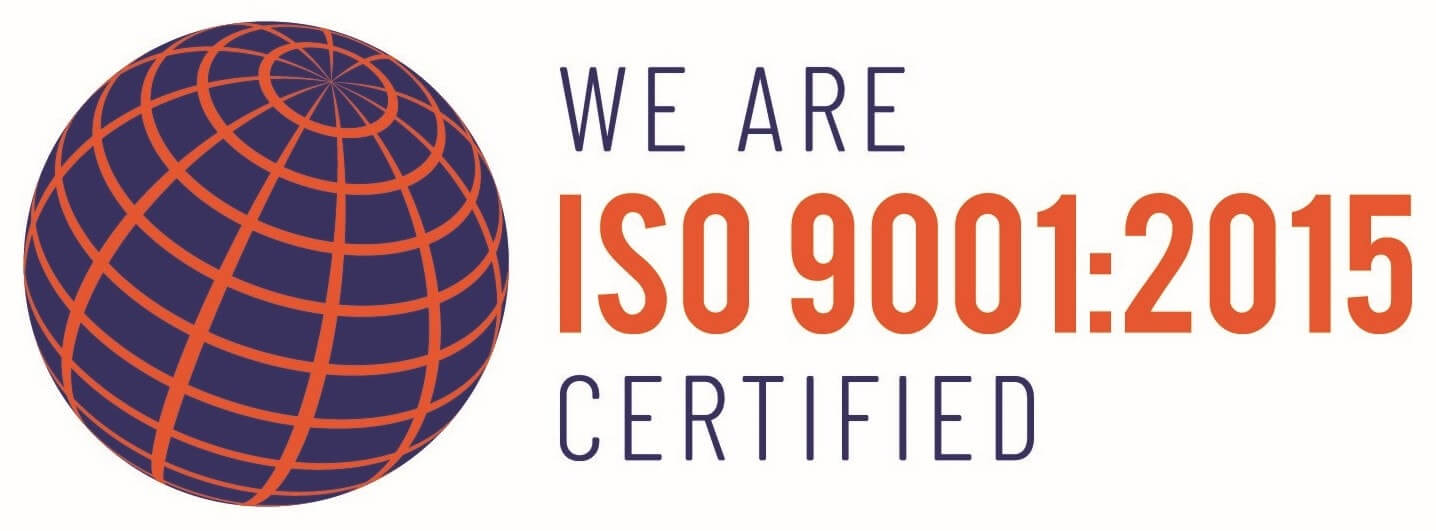Improving Hydraulic System Safety with Rod Locking Devices
Published: Mar 29, 2021
Dan Baker is the president of York Precision Machining & Hydraulics which develops industry-leading hydraulic components for a variety of industries. We invited him into our forum to learn more about hydraulic rod locking devices, and York Precision's failsafe Bear-Loc® system.
Transcript:
Eric Lanke, Host: Welcome to Fluid Power Forum, a podcast of the National Fluid Power Association. I'm your host, Eric Lanke and it's my job to interview interesting people who are moving fluid power technology forward. If you'd like to be part of our show, please remember to follow us on Twitter “at the N. F. P. A” and make sure to share those interesting and innovative uses of fluid power with our hashtag “only fluid power can” and you just might hear it discussed on a future episode of our show.
Also, please subscribe to our show. You can find us on Apple podcasts, I Heart Radio or any of the other podcasting services. Wherever you find us, please subscribe and give us a quick rating. That really does help.
On today's show, our guest is Dan Baker. Dan is the president of York Precision Machining and Hydraulics, a company that develops industry-leading hydraulic components for a wide variety of industries.
We invited him into our forum today to learn about one such product, a hydraulic rod locking device. Dan, Welcome to Fluid Power Forum.
Dan Baker: Glad to be here. Eric, thanks for having me.
Host: We're glad to have you on the show today. I'm hoping you can tell our listeners a little bit more about yourself and your background. How did you find your way into the fluid power industry?
Dan: Well, my educational background is in mechanical engineering. Pretty early on, I recognized manufacturing as an area where I had a special appreciation and enjoyment, not in small part because the area of the country I'm from, York Pennsylvania, has a fairly deep history and pride in manufacturing.
So it's no surprise the first half of my career was in manufacturing, primarily operations consulting. I relocated to the Boston area for a period of time, but really spent more of my time traveling across North America, working for a variety of industries, from corrugated boxes to a chocolate factory to the Canadian oil sands. I found myself all over but really enjoyed the opportunity to see various manufacturing environments and get a lot of exposure to several different industries.
Host: One thing that all those industries have in common and that's fluid power, right? You must have stumbled into fluid power working in all those environments. Is that right?
Dan: It absolutely is. I think back to several of those experiences, some of the largest haul trucks or loaders in the world, up in the Canadian oil sands and the hydraulics on those. A lot of the products we make now, I think about how they can apply and opportunities we have to integrate our products into those very heavy pieces of equipment.
Host: Yeah, your products and Bear-Loc® technology is available and it does a lot of things and a lot of different places. Tell us, how did York Precision Machining and Hydraulics come about? Did you found that company?
Dan: Well, I relocated back to the York area for family reasons. While there are many benefits to the consulting world, one of the downsides, you don't get to spend a tremendous amount of time investing in one particular company. So when I moved back to the area I focused on finding a company to acquire. I found a business that I felt had tremendous potential and a number of great people already in the business. And that was York Precision. When I learned about some of the product offerings, such as the Bear loc®, the actuators, accumulators, and a lot of the core military work they did. It was a business that I really pursued. Now we are in year number four and we've had steady growth every year. I truly am excited about what's ahead in 2021 but also in years to come, given a lot of the activity we've been seeing.
Host: So you've been there for four years. How long of history did the company have before you came on board?
Dan: The roots of the company go all the way back to AMF--American Machine and Foundry. That's a company name most people these days might see on bowling pinsetters if you've gone bowling. But they made everything from bowling pin centers to A.T.V.s, to nuclear power generation facility components and systems. So a wide swath of applications. When AMF began to break apart, and their headquarters, including its hydraulics division, was here in York Pennsylvania. There's a big Harley Davidson plant here in York that used to be owned by A. M. F.
So, some of the folks from the AMF hydraulics division started York Industries in the seventies and that's really the genesis of York Precision Machining & Hydraulics. They were our predecessor company and I acquired the company. But we're still making many of the products that were developed from those days. It's an interesting, interesting journey, so we have been a York. PA-based manufacturer for over 50 years now.
Host: That's interesting. Help me understand: you are building systems and installing them in different applications. What role does the company play in the delivery of the products?
Dan: Our bread and butter are fluid power products. So, custom hydraulic actuators. Again, as I've mentioned, our specialty is the Bear loc® rod lock device, which is often integrated into the hydraulic cylinders but can be stand-alone. We make hydraulic accumulators and other hydraulic components. Interestingly, as, as we've done quite a bit of large-scale manufacturing, we've really found a niche in doing some critical components and assemblies for military applications. So, for example, some of the launch and recovery of the jets on our aircraft carriers. We are one of only a few suppliers for several hydraulic assemblies on the aircraft carriers. We have a strong military presence, but really the core of the company is the fluid power products.
Host: That's great. So there are all of these different applications for which your products are considered essential. It seems that there's still a lot of opportunities and as you mentioned, you're looking forward to a lot of future growth. We wanted to focus on one of those products and that's the rod locking device. Why don't we start at the basic level? Describe it for someone who doesn't know what that is.
Dan: At its core, a rod lock is a device that mechanically locks the position of a system. Typically for us, it's a rod and hydraulic application and usually, it's a linear motion, but it can be rotary motion as well. And again, typically they're in critical applications where any kind of drift or unintended motion is unacceptable. There are other means to prevent motion within hydraulic systems, such as counterbalance or load-holding valves. But often the rod lock device comes into play, and the Bear-Loc® specifically, when there's that need for a failsafe mechanical locking option.
Host: Generally speaking, one of the advantages of hydraulics is its ability to hold the load right? So this sounds like a device that adds an extra level of safety or an extra level of control, right?
Dan: Yes. Both of those. Safety is a very common prompt for customers to get in touch with us. Our smallest Bear-Loc® so far was a one-inch diameter rod but we've made locks that have a 25-inch diameter rod and hold 4 million pounds. So this product can really be scaled up and down.
When human life is involved, think about individuals working or standing under a suspended vertical load. Or a mechanic getting under an industrial press needing to do some maintenance. The Bear-Loc® is a positive mechanical locking option that can be relied upon to lock instantly if hydraulic pressure is removed, rather than other options where the load would drop if a hydraulic line were cut or damaged in some way, harming people and equipment in its path.
We have many other customers who choose Bear-Loc® because of the criticality of needing to hold a certain position. We've talked a little bit about the military but weapons launchers where there's a defense system that needs to have very precise positioning. We make stabilizer cylinders or outrigger cylinders that are locked into place as well as actuators that move components of these systems and then when they are in place, they're locked instantly, and for the customer that is extremely important. So there's a precision and reliability aspect that is a key part of the Bear loc® as well.
Host: Are there other technologies that can do the same job? Or is this unique?
Dan: That's a good question because there is a spectrum, and what I mean by that is we encounter customers who are using, on one end of the spectrum, manual devices, let's say they drill a hole in the rod and put a pin in it. Well, you know, those options can be load holding, but it's manual, it's limited. It's unresponsive to inputs other than someone physically taking a pinout.
Then there's another layer where maybe you have notches and a secondary actuator that allows the movement only at those certain notches. It's still not quite a responsive design, but it gives some limited positioning to serve a purpose. Typically they don't hold as much load either. Our Bear-Loc® tends to fulfill all of these requirements: it is responsive to input. It is infinite positioning, which means it can lock at any point along the stroke and there's no backlash or movement. because it's held in place. Zero backlashes. So that's how the Bear-loc® fulfills those critical applications where that level of precision and accuracy and flexibility is really required.
Host: You've mentioned the product name a few times here and that's great. So let's dive in a little bit more and talk more specifically about the Bear-Loc. Would you describe where the Bear-Loc® fits in a hydraulic system and how it works?
Dan: The most common way in which we deploy a Bear-loc® is when it's integrated into a hydraulic cylinder. We will make the cylinder so we have the barrel, the piston, the piston rod like a normal hydraulic cylinder but there's a lock section just beyond the cylinder that's integrated into, usually in a tie rod-style design. But we make different styles as well. So the way in which the Bear -Loc® functions, it's the simple principle of elastic expansion of the metal. In the lock section, you have a sleeve whose diameter is actually smaller than the rod. But when you apply hydraulic pressure to that sleeve it expands such that when the system is running and motion is desired, you pressurize the sleeve and it expands so that there's a running clearance between the sleeve and the rods. The system moves freely without any resistance. When you take that pressure away, whether that's an intentional removal of pressure because you desire to lock the system in place, or if there's an accident or unintended removal of pressure, that sleeve instantly grips the rod and that rod’s not going anywhere! It's integrated right in with the cylinder. But we certainly also install these on existing systems where there are already cylinders driving the system, we can install the standalone Bear-Locs® as well.
Host: I'm curious, what material is that sleeve made out of?
Dan: The sleeve material in our proven design that has worked for years and years now, is typically 41-30 steel. We will continue to consider material science and look for ways in which we can utilize potentially different types of materials down the road. But the sleeve And often, when the rod size gets to 2, or 2.5 inches in diameter or above, we can also include bronze liners that are another layer, acting as a better wear surface against the chrome-plated rod. The bronze liners are actually between the sleeve and the rod and are what contacts the chrome-plated rod.
Host: One of the things that really jumped out at me when you were describing its functioning, is the idea that you can apply that gripping force at any point along the rod itself. For our listeners, if you imagine a hydraulic cylinder, which is the actuation device that will lift a load, may we assume that the Bear-Loc® works in both mobile applications and industrial applications, or anywhere that hydraulic load holding would occur, right? So maybe for our listeners, it would be helpful to imagine the cylinders that lift a bucket in a crane or excavator, say. They extend out and with this rod lock device, they can be stopped at any point during that cycle. Am I understanding that correctly?
Dan: That's right. Again, just to help visualize, we have a customer who reached out recently. They're moving very precious cargo and sometimes unstable cargo onto a military vessel. And they can't have any kind of movement or drift when they reach the position they want. But they want a variety of positions they can achieve. Once they have that cargo positioned in a certain way, they want to ensure that it can be steadied. That's a perfect application for Bear-Loc.®
Host: Okay, Dan. So we’ve talked about the mechanics of how the Bear-Loc® system works. Let’s talk more about the different applications that goes on. Give us an example of an application that really benefits from this technology. Put another way, what's the downside of not having this technology?
Dan: As I mentioned, there's the safety aspect. If there were to be an accident, such as a hydraulic line that was run over by a forklift, or part of the cylinder failed. The Bear loc® would instantly lock and nothing, no one, would be harmed. We've talked about applications that need to minimize human intervention.
The Bear-Loc® works well in automated uses and environmentally challenging settings such as oil rigs or subsea applications where you can't have human intervention. We have bear-Locs® that are under the ocean for drilling applications or for underwater welding where you need to hold things in place. Or there's a robot that's going to weld the pipeline together and a Bear-Loc® is there underwater to hold fast those critical elements. The Bear-Loc® is designed to be durable and reliable even in harsh conditions, whether it’s water, sand, extreme heat, or cold.
In terms of drift, we've talked about launchers, and another good example is wind tunnels. We’ve done Bear-Locs® for wind tunnels, these organizations need to run a test and for the test to be effective, make sure that what they're testing doesn't move. The movement would ruin their test results. Another example, hydro or dam applications, where potentially if you have a water control flow gate and that gate is not where you want it to be, or it moved in an unintended way, you can do damage to critical equipment or worse, have flooding that threatens lives and property. In that application, the Bear-Loc® assures the required positioning. And unintended motion never happens.
Probably one of the most enjoyable parts of my role at York Precision is when we get a call from someone interested in a Bear-Loc®, to hear the creative ways they're thinking about using them. A few more applications: entertainment. So for amusement park rides, where they want to have a large feature--King Kong you know?—jump out and up close to a roller coaster, and make sure it doesn't come too close.
Host: So the Bear loc® helps achieve that exciting effect for the best entertainment experience. So that Kong can go so far but no farther, right? But we all know how that ends in the movie, right?
Dan: Always.
Host: Kong always breaks free of whatever we try, but he can't break free from a Bear loc®!
You know, as I was listening to describe all those different harsh environments, where the Bear-Loc® works. Fluid power is famous for its ruggedness. You know, it can work almost anywhere. I'm assuming that this technology holds up under the harshest conditions.
Dan: It absolutely does. And that is a question we get a lot. Sometimes they're very cold temperatures other times very high temperatures. Some industrial applications where you're in or around an oven or very high temperature. Or, as I mentioned, when you're launching things whether shuttles or missiles, and you have rocket plumes, they can be very corrosive. They put off a lot of heat and we have Bear-Locs® that have run for decades in those types of applications without needing an overhaul. So our products’ ruggedness and reliability are qualities that we take a lot of pride in at York Precision.
Host: Now, there's obviously a cost associated with this technology as there is for any product. Is this a product that winds up saving people money by using it, either on their insurance or in any other way?
Dan: Yes. For example, customers have come to us and talked about automated lockout because you know, you think about the steps that folks need to go through to lockout certain pieces of complex equipment, often very heavy equipment. That can take days and a crew to do that. And just having a rugged enough, large enough mechanical lock to do the job. As I mentioned we've had locks that range from a one-inch rod for a delicate operation to a 25-inch diameter hydraulic rod that holds 4 million pounds. So this can really be scaled up and down. Obviously, there is a cost, but there's also a significant benefit in terms of efficiency. And there is risk prevention as well.
Host: Most listeners are well aware, the risk continues to be increasing concern and increasing interest in risk mitigation.
Dan: “How can we mitigate risk and reduce liability?” That’s a question we often hear from our customers as well. That particular 4 million pounds of load-holding in the Gulf of Mexico where there were enormous payloads. Again, the customer needed the flexibility to move the hydraulic cylinder in and out lock at any position and also be able to carry these enormous payloads and know that they were secure. That customer came back to us after the Bear-Loc® was serving well for a few decades. They said it's working so well. We want to do it again” and so we refurbished it. It's still in use to this day.
Host: That's great. Let’s talk more about the decision to engage, to lock it. Is that always a manual process where a human being throws a switch of some kind? Or is there a control algorithm that decides when that takes place? How does that work?
Dan: The Bear-Loc® is designed to allow both. In normal operation, it can be manually locked and unlocked simply by controlling the pressure that's being sent to the lock section of the unit. So if someone wants the movement to happen, however, they are controlling their hydraulic system, they're going to press that button and it's going to be locked or unlocked. If part of the hydraulic system becomes compromised and there's a pressure loss, the Bear-Loc® locks automatically, ensuring that there is no movement. Because the Bear-Loc® locks instantly when pressure is removed, whether intentionally or accidentally. That's the beauty of it, that if there's an accident, it doesn't wait for someone to intervene. It will lock based on the hydraulic loss in the system.
Host: So it's both an elegant solution, and a somewhat simple design.
Dan: You can imagine the very precise tolerances we need to machine to get that exactly right interference fit.
Host: In terms of your patented system, it may seem simple, but that's part of the beauty. Simple is good, right? Most engineers would agree, Fail safe might be another word to use, right? And if it's too complicated, that's just more things to go potentially go wrong.
Dan: And that's right. The Bear-Loc® doesn't rely on springs or wedges or moving parts, they can get stuck or wherever time. It's simply a sleeve that's going to expand or contract based on the pressure, and because it moves freely when pressure is applied, that means little or no wear on the rod, which gives it a lot of longevity.
Host: Dan, as we come upon the end of our time together here, I wonder if I could ask you to kind of look ahead. You're looking forward to growth for the company and for this product going forward. Are there new markets that you're hoping to move into? Where do you think this technology is headed in the future?
Dan: Well, let’s circled back to what we discussed at the very beginning when we mentioned some of the large equipment I was exposed to at the oil sands of Alberta. Construction equipment, material handling cranes, for example, most commercial varieties, use load-holding valves, a counterbalance style that's, used to hold loads. But as we see safety and liability requirements continue to increase, I think that these applications are going to become more numerous and more receptive to a failsafe alternative to load-holding valves. That's something I look forward to, making sure we are in a position to produce well even at a larger scale.
We've had some interesting prototypes and orders over the years. Recently, for example, even some parking brakes on large vehicles. Again, you typically don't think of a hydraulic actuator in there, but for massive vehicles where you want to ensure that motion isn't going to happen on the vehicle itself, you can use a Bear-Loc® to make sure that once the parking brake is engaged, it's going to be locked in a fail-safe way. I think I've mentioned some civil engineering areas where we've had an impact already. But I see that as a field both hydroelectric and offshore applications where we're starting to see more interest. Especially places where people aren't able to be in the space and need to ensure that a Bear-Loc® is providing reliable, failsafe protection.
Host: That's great. We talked previously about technological developments, the material science piece of it that you're investigating. Do you think this technology will change substantially in the next 5 to 10 years, or is it a case of, if it ain't broke, don't fix it?
Dan: I see us investing resources in the next several years into really exploring what other materials are out there. Typical steel may not be able to hold the same capacities, but it may open the door for different types of applications or more options in retrofitting. As I mentioned, the precision required on our chrome-plated rods and components is so high that it can make integrating into existing cylinders a challenge. We often have to replace some of the components or run the Bear-Loc® in parallel. But as we explore new materials that potentially widen the range of existing components that we can interface with, I think that would open the door to more opportunities. So while our products have tremendous staying power, I also think that there are a lot of doors that can be opened, especially as we see, the need, and the variety of applications, continue to increase.
Host: Well, it certainly sounds like something that's worth keeping our eye on as this technology becomes more and more prevalent and used in more and more places among various industries. My thanks to Dan Baker of York Precision Machining and Hydraulics, who has been my guest for this episode. If you'd like to connect with Dan, learn more about him or his company or his products, we have provided his email address, as well as their website, where you can find out more details about the Bear-Loc® system.
Read more from Hydraulics & Pneumatics here
Learn more about the Bear-Loc®: https://yorkpmh.com/products/bear-loc/
Contact York Precision Machining & Hydraulics: sales@yorkpmh.com
Connect with the host Eric Lanke at elanke@nfpa.com or on Twitter @ericlanke
Awards & Certifications
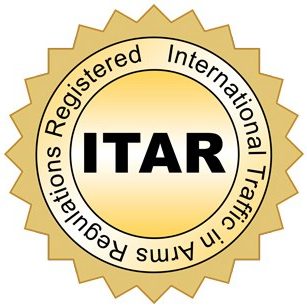
ITAR Registered #M39417
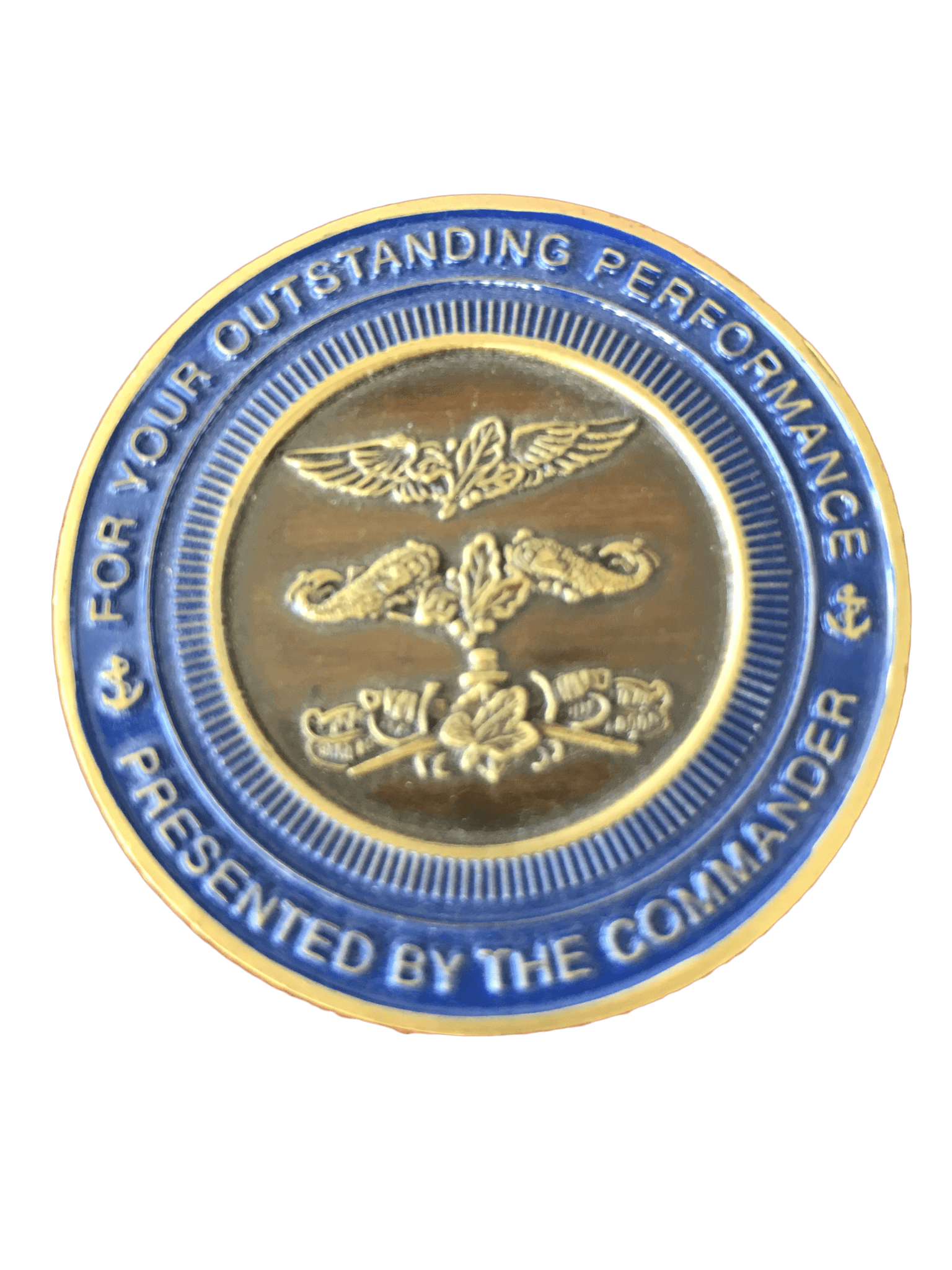
Outstanding Performance
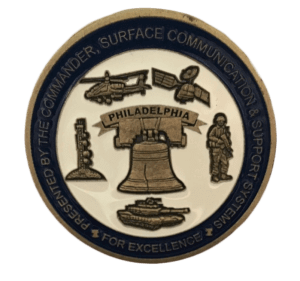
Excellence Presented By Commander
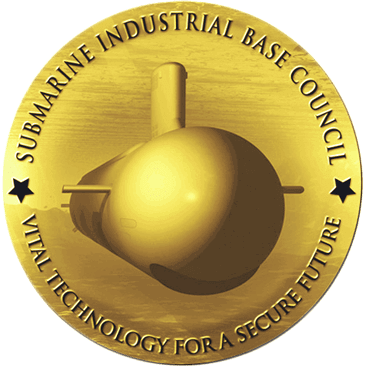
SIBC Member
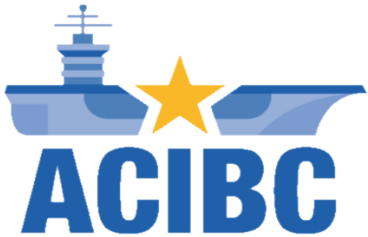
ACIBC Member
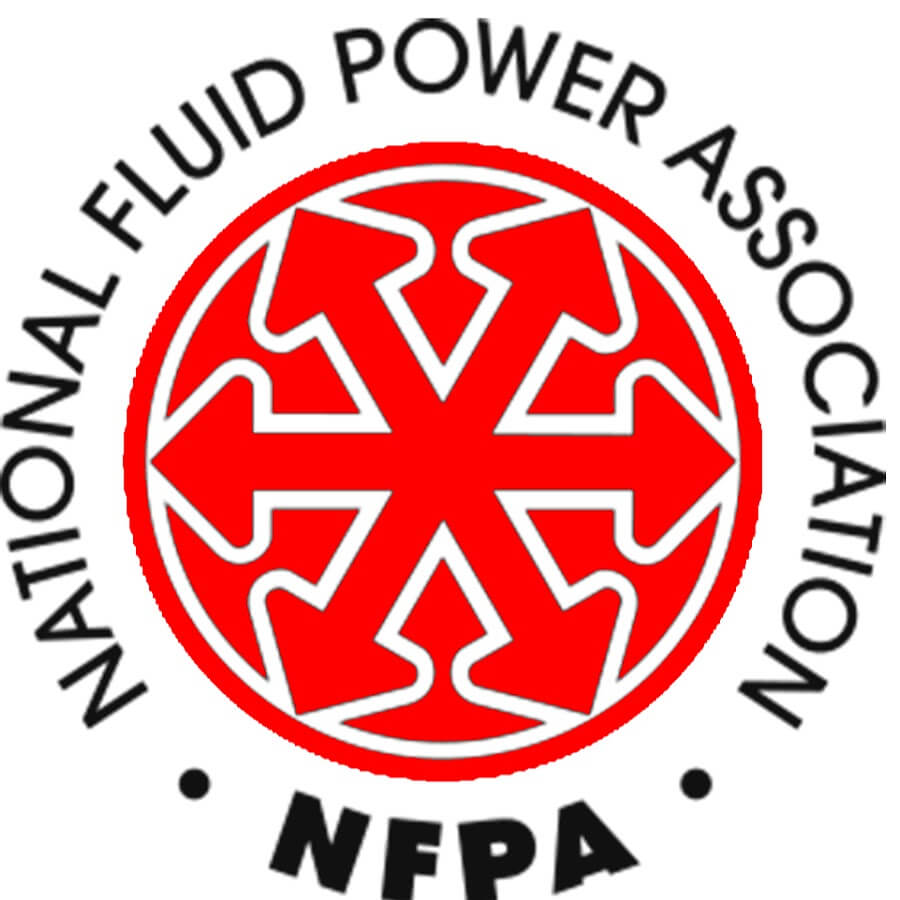
NFPA Member
